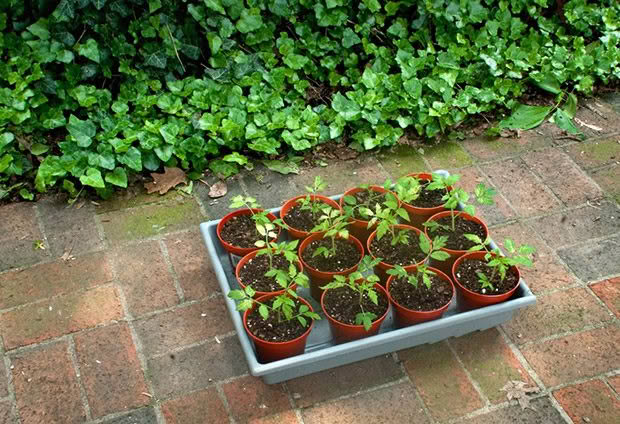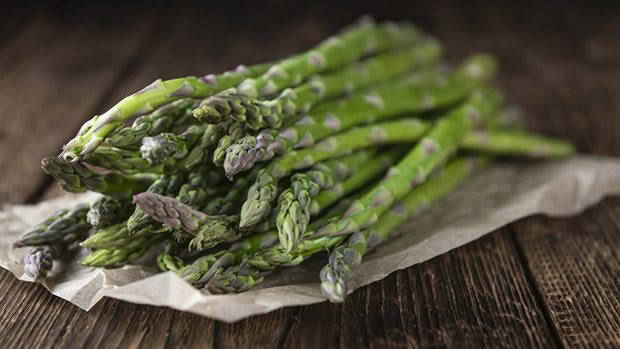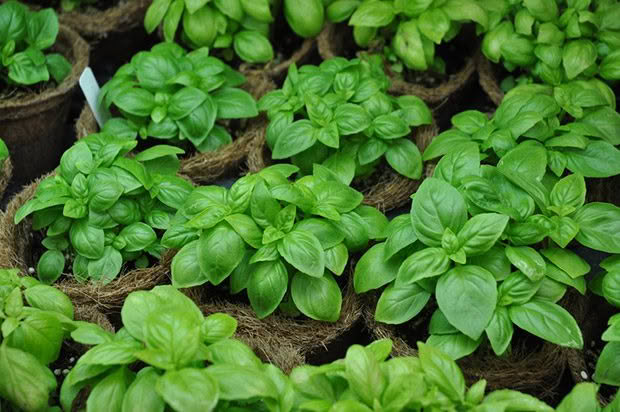Your spring gardening checklist this September

Say goodbye to dreary winter days, and hello to a garden ready to bloom into spring.
Words: Nadene Hall
1. Harvest right. If you only planted asparagus crowns last year, don’t pick it, no matter how tempting those tender green shoots are looking. It’s essential that you leave them to grow this year, or you can weaken the plants.
Leave them to open up into the feathery fern stage. While they’re still green, they’re feeding the crowns, and strong crowns are the secret to future success. If it’s your second year, hold back and only harvest a few spears to enable the crowns to continue building up strength.
Proper harvesting can begin in the third year. Pick spears when they’re about 15-20cm long and before the tips open up. Cut with a sharp knife at ground level.
The harvest will last for 6-8 weeks – pick daily or spears become tough. When cropping begins to slow down and the spears thin down (less than 1cm in diameter), stop picking altogether – any other spears are best left on the plant to replenish nutrients to the crowns.
2. Harvest asparagus. Keep beds well weeded. Plant new crowns.

3. Make a planting plan for the following year. Keep in mind the essence of crop rotation as a contributor to good soil health. Generally, you want each bed to follow this order:
Year 1 – leafy greens
Year 2 – root veggies (carrots, parsnip, onions, beets, garlic)
Year 3 – legumes (peas, beans)
Year 4 – tubers (potatoes, kumara)
4. Plan your tomato crops. Sow seeds in September for planting out in 6-8 weeks (traditionally late October).
Sow more indeterminate varieties in 3-4 weeks and again in 6-8 weeks, so you can stagger plantings and enjoy a longer harvest.
Source psyllid-proof mesh netting online or from a gardening or rural supply store. Cover seedlings as soon as you plant them. It protects plants from psyllids and other insect pests, provided it’s firmly anchored to the ground (or its edges are buried), but doesn’t provide frost protection.
5. Plant herbs for beneficial insects.
The Lamiaceae family: These are rich in nectar and greatly appeal to beneficial bugs. Options: basil, bee balm (monarda), catmint, hyssop, lavender, lemon balm, mint, oregano, rosemary, sage, thyme.
The Apiaceae (carrot) family: These flowers are a good source of pollen and nectar too. Options: parsley, chervil, coriander, dill, fennel.
The Boraginaceae (borage) family: Flowers are rich in nectar. Options: borage, comfrey, phacelia.

6. In warmer regions, sow beetroot, carrots, and radishes directly into soil. They need a soil temperature of at least 10°C to germinate.
7. If you’re in a cool region, plant out cold-tolerant plants such as broad beans, peas, potatoes, silverbeet, spinach, broccoli, onions, and lettuce. Sow seeds of silverbeet, spring onions, and lettuce at 2-3 weekly intervals for a successive supply.
8. If your climate is likely to have a mix of hot and cold days this month, it’s good to wait until the season is more settled before planting out the heat lovers.
Pumpkin, tomatoes, kumara, yam, zucchini, melons, aubergines, peppers, and chillies do best when given a steadily warming climate rather than one which is still changeable.
Love this story? Subscribe now!
 This article first appeared in NZ Lifestyle Block Magazine.
This article first appeared in NZ Lifestyle Block Magazine.
